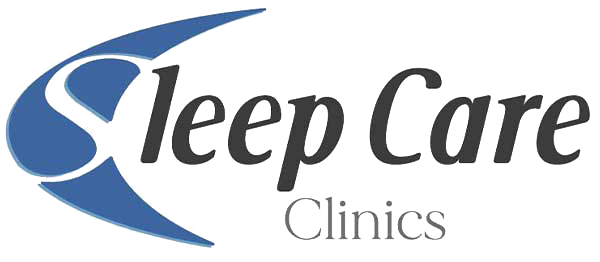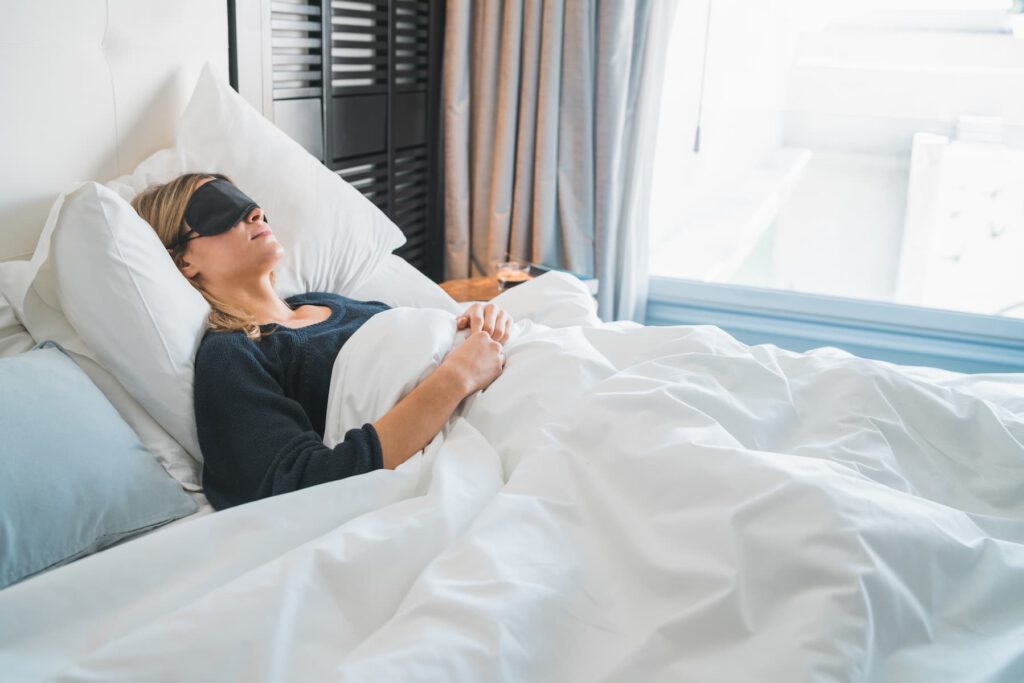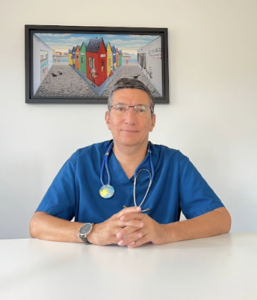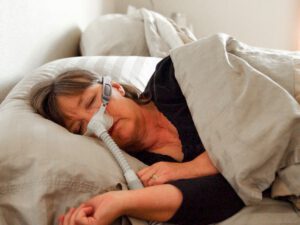The first choice treatment for this condition is Continuous Positive Airway Pressure (CPAP)
A CPAP machine delivers a steady flow of pressurised air into the nose, mouth or both as the patient sleeps. The pressure keeps the airways open and helps patients breathe normally (prevents collapse, therefore apnoeas and snoring). Once the diagnosis of sleep apnea has been made and the necessary pressure on the CPAP is identified (CPAP’s titration test), the patient should start using their equipment whenever they sleep. For this purpose, the clinician should choose the most appropriate equipment and mask for each patient. It’s like shoes, not “one size fits all”. The CPAP is not a standard therapy; therefore, the diagnosis and treatment of sleep apnea cannot be made based on internet information without medical evaluation. For example, nobody would think of “buying” an appendectomy (appendicitis surgery) online.
Weight loss
Excess body fat reduces the airway; consequently, weight loss reduces the apnoeas/hypopneas index and symptoms of OSA and represents a permanent solution to OSA in some patients.
However, we all know how difficult it is to treat obesity.
The good news is that CPAP can help these people lose weight because it allows them to have physical activity and improves hormonal alterations that make them gain weight.
Body position during sleep
Changing the body position during sleep (sleeping on one side and not on the back) is effective but only in mild and confirmed positional cases (evidenced by a sleep study).
Avoiding toxic factors
Suppressing smoking, alcohol intake, sedatives, antihistamines, relaxants, and hypnotics may be adjuvant treatments to CPAP.
Oral appliance (i.e. Mandibular advancement devices)
Oral devices for the tongue or mandibular advance to avoid reduction (obstruction) of the oropharyngeal cavity. These devices are tolerated and effective but only in cases caused by malformation that such devices can be correct.
Drug therapy
No drugs have shown to be effective in treating sleep apnea.
Surgical Treatment
Therapy should always be aimed at solving the problem that causes the disorder. For example, the solution may be surgical if the problem is adenoids or hypertrophic tonsils (or any deformity that conditions the obstruction). The adenoidectomy and tonsillectomy consist of correction of the nasopharyngeal or maxillofacial airway. Uvulopharyngoplasty has been a widely used therapy, but it has not proven useful compared to CPAP and evidence-based medicine recommends not following this procedure.






